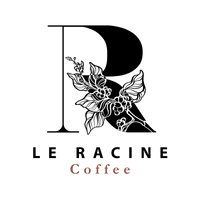Planadas terroir
The Tolima region of south-central Colombia is home to Planadas, a
remote municipality. Historically isolated due to conflict
to the FARC, the region has now become a source of high-quality coffee
quality. Small farms, the dedication of producers, and the
know-how of the beneficiaries contributed to its success. The cafes of
Tolima, especially Planadas, have won many
national competitions and have a positive social impact crucial for the
peace in producing communities. The region attracts traders
and roasters around the world.



















